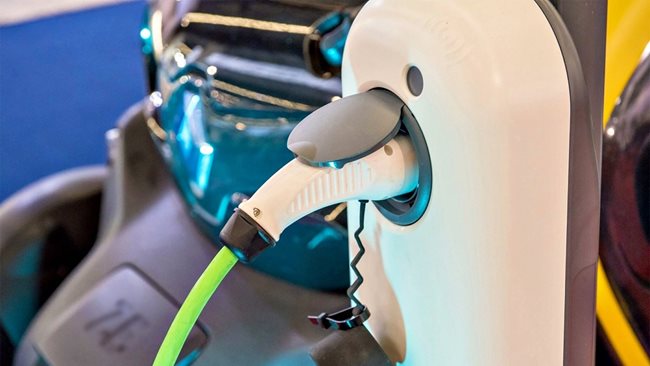–
–
–
It will take several years for the proposal to launch electric cars to be accepted
Members of the Association of European Automobile Manufacturers (ACEA) are strongly opposed to the EC’s proposal from 2035 for new cars in the EU to be only electric.
However, the final decision to ban the production and sale of cars with internal combustion engines has not yet been taken. Firstly, the European Commission’s plan must go through a coordination phase in the European Parliament and be approved by the Member States of the European Union. According to preliminary estimates, this will take several years.
The largest car manufacturers in Europe also do not support the “green” idea of the EC. France is urging hybrid cars to remain on the market for a longer period. President Emmanuel Macron had a meeting with representatives of leading car and equipment manufacturers in France, whose main concern is that full electrification will cut jobs.
German Transport Minister Andreas Schoyer has warned that the new environmental standards for cars must be technically feasible. He also called for a more lenient attitude towards charging hybrids and a greater emphasis on hydrogen for heavy trucks.
The European Commission of the EU has published a plan to reduce harmful emissions. The ban will affect not only cars with internal combustion engines, but even hybrids – they cannot be produced and sold, but they will still be able to drive. The idea of the EC is to reduce the total European greenhouse gases by 55 percent compared to 1990 levels by the end of the decade.
To facilitate the gradual transition to electric cars, European countries will jointly expand the network of charging stations by 2030, reaching 3.5 million units. Stations will be placed on the main highways, at a distance of not more than 60 kilometers from each other. Additional hydrogen charging stations will also appear – the distance between them will not exceed 150 kilometers.
In a special statement, the Association of European Automobile Manufacturers said the European Commission’s requirements were unfeasible. Car companies cite statistics showing that electric vehicles are not yet in demand in most European countries. In addition, drivers who buy an electric car often return to a car with an internal combustion engine after a few years. In Germany alone, about 70 percent of electric car owners buy a petrol or diesel car again.
Given the fundamental importance of the large-scale EU climate package “Ready for 55” for the automotive sector and the millions of people working in it, ACEA wants to get acquainted in detail with the proposals announced by the EC. Car manufacturers are already committed to reducing harmful All ACEA members support the goal of climate neutrality by 2050 and invest billions of euros in innovative and sustainable technologies, but banning one technology is not the most rational way to achieve the goals at this stage. , especially given that Europe is still struggling to create the right conditions for the development of alternative propulsion vehicles, “the ACEA position said.
“The proposed target of a 55% reduction in CO2 emissions from cars by 2030 compared to 2021 will be a major challenge and certainly requires appropriate binding targets from EU countries to build the necessary charging infrastructure. In addition, the new target to reduce carbon dioxide will significantly accelerate the structural transformation of the automotive sector, supply chains and the value of production, which will require careful management to minimize the impact of these new factors on the economy and jobs. further reductions in CO2 emissions go through a significant increase in the electric vehicle market in a short period of time by 2030. Without a significant increase in the efforts of all stakeholders, including Member States and all economic sectors, involved in the automotive industry, the new goal simply cannot be achieved father. In connection with the technological restrictions proposed by the EC from 2035 onwards, we call on all EU institutions to focus on innovation, instead of imposing one or banning another technology, “said Oliver Tsipse, President of ACEA and CEO of the BMW Group.
“All currently available options – high-efficiency internal combustion engines, hybrid technologies, electric and hydrogen vehicles – must play a role in the transition to climate neutrality, especially when working to reduce the carbon footprint of the entire fleet, not just new ones. It is not the internal combustion engine itself that is harmful to the environment, but fossil fuels. Without the availability of renewable fuels, the goal of reducing emissions by 100% by 2035 is virtually a total ban on the internal combustion engine. ” , added by ACEA.
The ACEA notes that the only 3.5 million charging points to be built by 2030 will not be enough to meet the targets set for the same year in terms of harmful emissions from the fleet as a whole. ACEA estimates show that by 2030, around 6 million refueling points will need to be built to meet the new targets sought by the EC, instead of the estimated 3.5 million.
– .


:quality(80)/cdn-kiosk-api.telegraaf.nl/b706cb3a-e5fa-11eb-a971-02d1dbdc35d1.jpg)